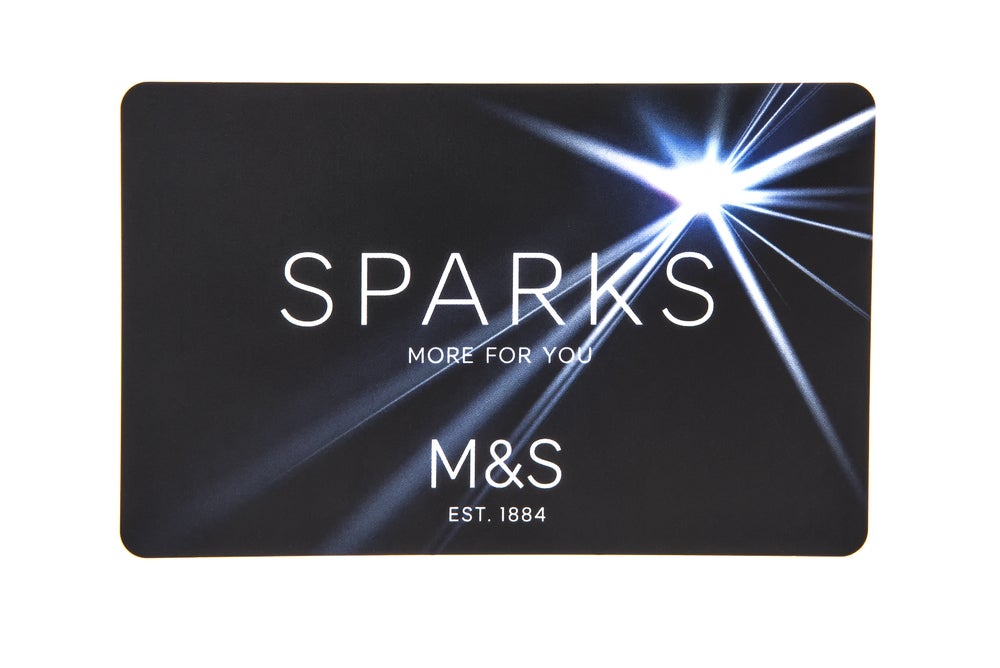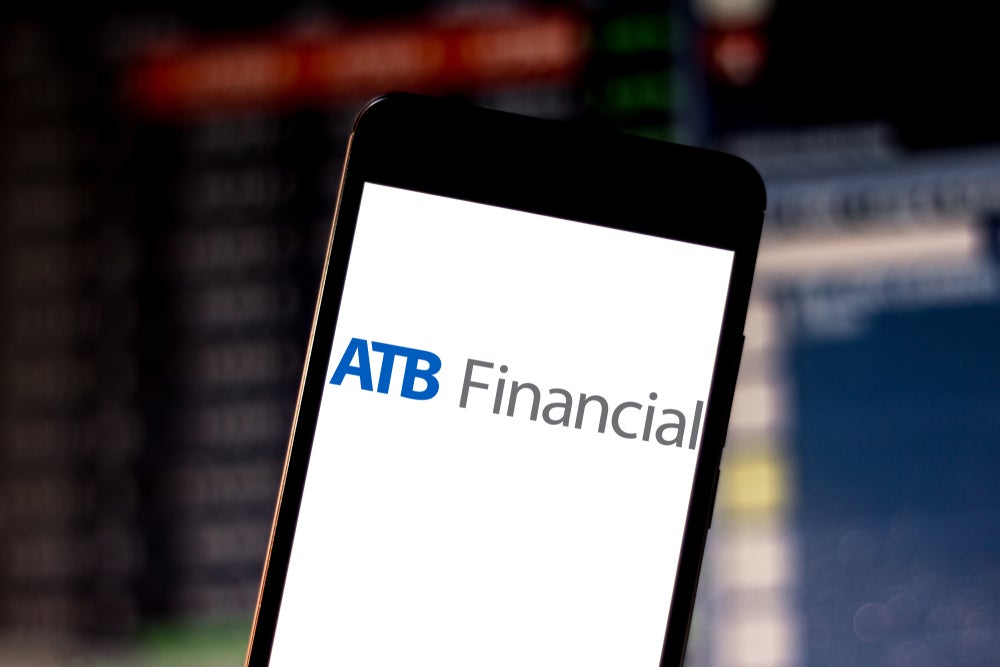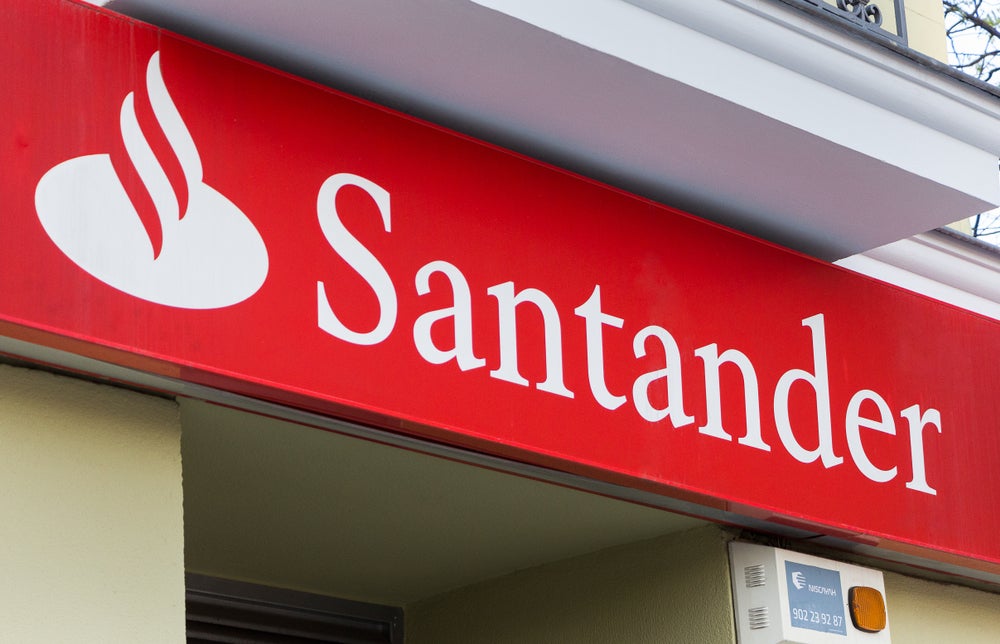It is said that one cannot buy loyalty, but that hasn’t stopped industries, including the financial sector, from trying. In the United States alone, companies spend $2bn a year on loyalty programmes. But are these investments getting a worthy return? Patrick Brusnahan writes
Research from Capgemini suggests that loyalty programmes are not inspiring the loyalty they are designed to create.
The report states the average US household has over 21 loyalty programme memberships, but only actively uses 44% of these. More than half of consumers in a 2013 survey admitted that they had abandoned at least one loyalty programme in the last year.
Capgemini revealed that almost 90% of social media sentiment on loyalty programmes was of a negative nature. This isn’t limited to a single industry either. Telecoms recorded 96% of opinions on social media were unfavourable while the lowest percentage polled, hotel chains, still found 72% of opinions to be unfavourable.
Among the Millennial generation, who are expected to spend more than $200bn annually by 2017 (according to Advertising Age), negative sentiment stands at 85%.
Loyalty programmes are created to engage with consumers, but its success rate is low. According to the report, this is down to:
– A lack of reward relevance. Many rewards are not aligned to consumer preferences and go to waste;
– Rigid reward structures which lead to long stretches of time before consumers are even able to claim their loyalty benefits. Many companies do not even offer rewards for referrals to the loyalty programme;
– User experience issues when companies have not adapted sufficiently for mobile devices and apps, and
– Poor customer service, such as long call wait times with multiple transfers before being able to speak to a representative. Even worse, when eventually speaking to someone, the experience is often unpleasant.
How well do you really know your competitors?
Access the most comprehensive Company Profiles on the market, powered by GlobalData. Save hours of research. Gain competitive edge.

Thank you!
Your download email will arrive shortly
Not ready to buy yet? Download a free sample
We are confident about the unique quality of our Company Profiles. However, we want you to make the most beneficial decision for your business, so we offer a free sample that you can download by submitting the below form
By GlobalDataTransactions do not equal loyalty
The majority of companies have basic transactional loyalty programmes, where rewards are based primarily on purchase. The customer buys a product, earns points and, when enough points are collated, exchanges these points for gifts, merchandise or cash.
Capgemini’s research shows that 97% of loyalty programmes are in this fashion. It is not an entirely successful method as 77% of programmes such as these fail within the first two years, according to Entrepreneur magazine.
Breaking out of this transactional mindset, where the customer is only as good as their last purchase, does not seem to be very popular. Only 25% of companies surveyed reward for engagement, such as gamification campaigns, social media or in-store check-ins.
Some industries are ahead of the curve. 57% of airlines and 41% of hotel chains offer rewards for at least one form of engagement. Meanwhile, at the bottom of the table is banking, where only 3% of companies offer engagement-based rewards.
Cross-channel customer experiences
Another problem is the failure to make a loyalty programme seamless over both offline and online channels.
Capgemini found that 79% of loyalty programmes use the mobile channel, but only 24% allow the redemption of loyalty awards through it. More importantly, only 9% of loyalty programmes offer points redemption across all channels. The cross-channel experience is far from a reality at the moment.
Personalising the programmes
Companies segment their customers, but customisation is still very basic. A common approach uses Platinum, Gold and Silver tiers of reward programmes, usually assigned due to purchasing volume. Capgemini’s research shows that as many as 45% of loyalty programmes follow this tier-based method.
Currently lacking in the market is advanced personalisation. This is needed so rewards can be based on location or purchase history, rather than merely sheer volume. Only 11% of loyalty programmes offer personalised rewards based on a customer’s purchase history or location data.
The way forward
There is some hope for loyalty programmes, but changes need to be made first, particularly with regards to customer engagement. A study by Gallup found that ‘fully engaged’ customers deliver a 23% premium over the average customer in share of wallet, profitability, and revenue. On the other hand, ‘actively disengaged’ customers represent a 13% discount in the same measures.
Loyalty programmes need to be seen within a larger strategy for increasing engagement and not the other way round.
Capgemini stated: "Engagement is a leading indicator of customer loyalty and financial performance, while loyalty by itself is a lagging indicator of financial performance."
A focus must also be put on strengthening the mobile channels of loyalty programmes. Mobile apps should be made as easy as possible with a few clicks as possible. Additionally, features should include up-to-date information on programme policy, points balance, and offers.
The report highlights a crucial development; the app should also be able to act as a mobile wallet. This is so customers are able to instantly redeem reward points.
As a result, programmes need to be monitored more effectively. Traditional operational metrics, such as redemption and enrolment rates, can offer useful insights in the health of the loyalty programme. However, metrics needs to be established that also monitor engagement, such as time spent online or in store, social media sentiment, and purchase frequency.
Companies spend millions on loyalty programmes, but the investment rarely sees returns. Organisations need to start thinking outside of the box and beyond traditional rewards or see their investment disappear.
The report concluded: "A well-designed, engagement-based loyalty programme will create a virtuous cycle: strong customer relationships, greater advocacy, and enhanced loyalty."







